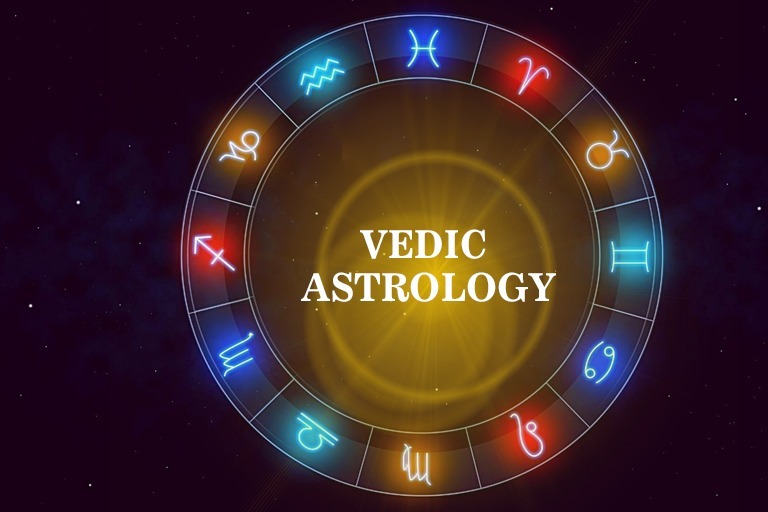
Astrology has been an ancient tool for understanding human nature and predicting events. Two of the most well-known systems of astrology are Vedic astrology, originating from India, and Western astrology, which has its roots in ancient Greece and Babylon. While both aim to provide insights For Vedic Astrology into personality traits, life events, and even the future, their approaches, methods, and philosophies differ significantly. These differences stem from the cultural contexts in which each system developed, and they continue to offer unique perspectives for those who seek astrological guidance. This article explores the key differences between Vedic and Western astrology.
One of the primary differences between Vedic and Western astrology is the calculation method of the zodiac signs. Western astrology uses the Tropical zodiac, which is based on the position of the Sun relative to the Earth at the time of the Spring Equinox. This system anchors the zodiac signs to the changing seasons of the year, making it more aligned with the Earth’s seasonal cycles. In contrast, Vedic astrology uses the Sidereal zodiac, which is based on the fixed position of the stars in the sky. Over the millennia, due to a phenomenon called the precession of the equinoxes, the position of the constellations has shifted slightly. This means that in Vedic astrology, the zodiac signs are typically about 23 degrees behind where they are in Western astrology.
Another fundamental distinction is the focus of the two systems. Western astrology places a strong emphasis on psychological traits, personality, and how individuals interact with the world. It is often seen as a tool for self-discovery, with an emphasis on the Sun sign (the position of the Sun at the time of birth). This system also incorporates the Moon and rising signs, but the Sun sign is considered the most important aspect of a person’s astrological profile. Vedic astrology, however, takes a more karmic and spiritual approach. It not only considers the positions of the planets at the time of birth but also analyzes the dasha system (planetary periods) and the overall life path, making it more focused on spiritual development, past-life influences, and destiny. It also places greater importance on the Moon sign and its relationship with the individual’s emotional and psychological state.
Another key difference lies in the use of house systems. In Western astrology, there are various house systems (Placidus, Koch, Equal, etc.), which divide the sky into twelve houses. Each house represents different areas of life, such as relationships, career, and health. The choice of house system can lead to variations in interpretation, and it requires an astrologer to select the system they feel most comfortable with. On the other hand, Vedic astrology uses a fixed house system, meaning that the twelve houses are always evenly divided. This system is believed to provide a more stable and accurate method of interpreting the influence of planets on a person’s life.
The treatment of planets is another significant area where Vedic and Western astrology differ. Western astrology often views planets as influences that work together to create a dynamic, evolving personality. The aspects (angular relationships between planets) in Western astrology are used to understand the interplay between these influences. Vedic astrology, however, views planets through the lens of ancient texts, and they are often interpreted in terms of their karmic implications. For example, in Vedic astrology, the planet Saturn is seen as a teacher of hard lessons, discipline, and spiritual growth, while in Western astrology, it may be viewed as a planet that creates limitations or challenges but is not necessarily focused on spiritual teaching.
One of the most intriguing differences between the two systems is their approach to predictive astrology. Vedic astrology is known for its precise predictive techniques, such as the dasha system, which is a unique method of timing life events based on the planetary periods that a person experiences throughout their lifetime. This system is believed to be highly accurate in predicting major life changes. Western astrology, on the other hand, tends to focus more on transits and progressions, which look at how the current positions of planets interact with an individual’s natal chart to suggest upcoming events. While both systems offer predictive insights, the methods used in Vedic astrology are often considered more structured and detailed.
Lastly, the overall philosophical approach of Vedic and Western astrology reflects the cultures from which they originate. Vedic astrology has a deep connection to Hindu philosophy and spiritual practices, emphasizing the idea of reincarnation, karma, and the pursuit of moksha (liberation). It is often used as a guide for individuals on their spiritual journeys, helping them align with their true purpose in life. In contrast, Western astrology has evolved alongside the development of Western science and psychology, offering a more secular, psychological, and personality-oriented perspective. While it acknowledges the influence of the cosmos, Western astrology tends to focus more on the practical and personal aspects of life.
In conclusion, while both Vedic and Western astrology offer valuable insights into human nature and the universe, they do so through different lenses. Western astrology is more psychological and personality-driven, focusing on the Sun sign and individual traits, while Vedic astrology delves deeper into karmic patterns and spiritual growth, with a more structured and precise predictive methodology. Understanding the differences between these two systems allows individuals to explore astrology from a more informed perspective, whether they seek psychological insights or spiritual guidance.